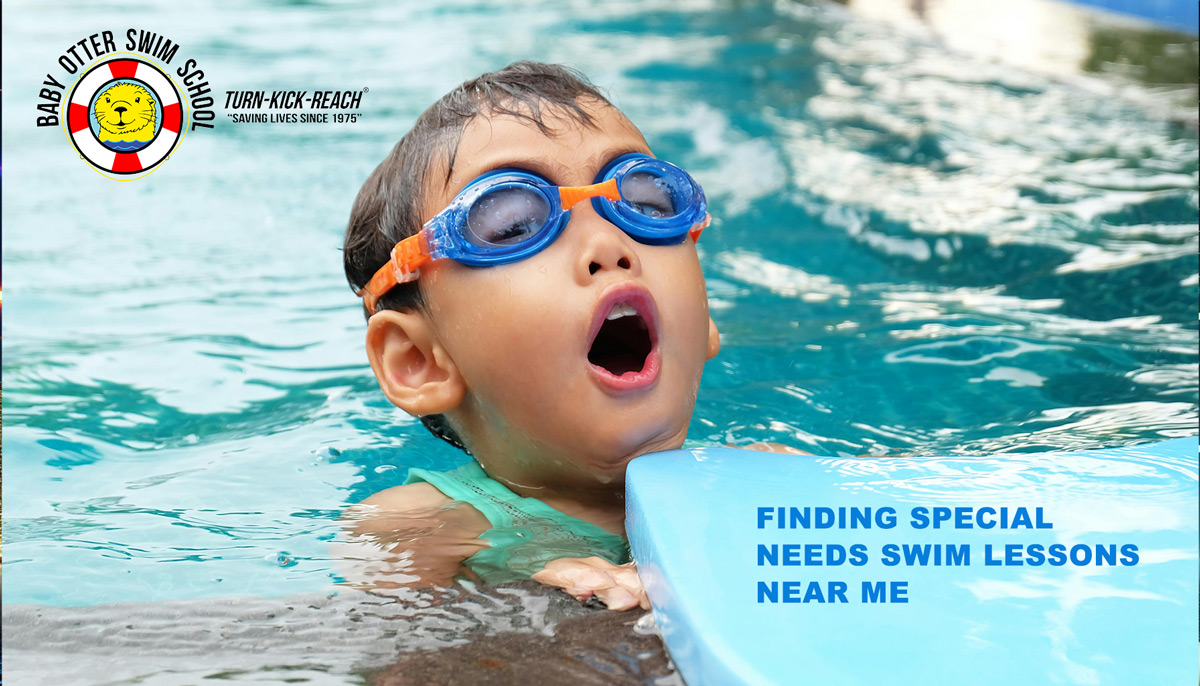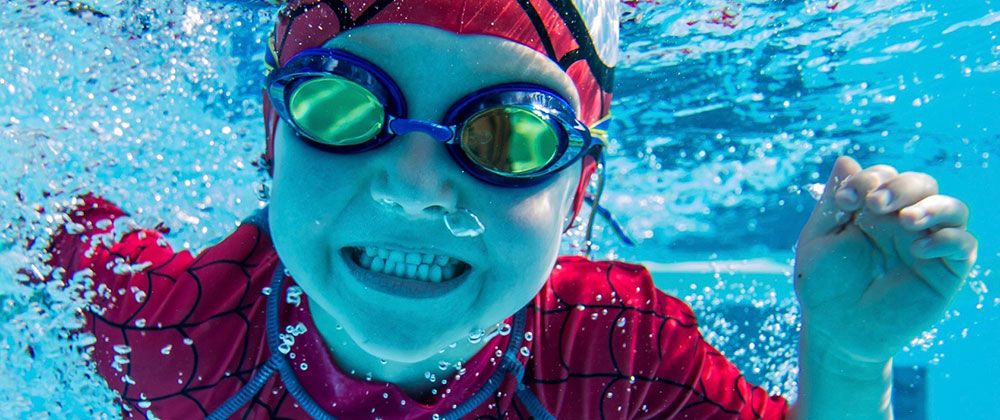Whatever You Required to Know About Swimming Lesson for Beginners: A Comprehensive Guide
Understanding the fundamentals of swimming lessons for novices is necessary for fostering both security and ability advancement in the water. Picking a qualified instructor that emphasizes a helpful learning environment establishes the phase for success. As newbies get started on this aquatic trip, mastering essential methods such as breathing and body positioning ends up being paramount. The path to ending up being a positive swimmer is often stuffed with challenges, consisting of the usual concern of water. What approaches can be employed to make certain a favorable and enriching experience for those simply starting?
Importance of Water Safety And Security
Water safety and security is paramount for any individual venturing into aquatic atmospheres, especially newbies. Understanding the potential hazards related to water activities is vital to ensure a secure and satisfying experience. Stats indicate that sinking stays a leading source of unexpected death, emphasizing the requirement for enhanced understanding and precautionary actions.
The primary step in water security entails recognizing the value of guidance. Adults ought to constantly maintain a close eye on kids and inexperienced swimmers, as even shallow water can present considerable threats. In addition, putting on proper flotation gadgets, such as life coats, is vital, particularly for those who are not yet confident in their swimming capabilities.
An additional important aspect is familiarizing oneself with the specific atmosphere. Each body of water has distinct features, consisting of currents, tides, and temperature, which can impact safety and security. Swimmers should also know climate condition and prospective threats, such as immersed objects or abrupt changes extensive.
Finding the Right Teacher
Picking a certified trainer is a vital action in ensuring a safe and effective discovering experience for novices. When looking for a teacher, consider their qualifications and experience. Seek people that are accredited in mouth-to-mouth resuscitation and First Help, in addition to those that hold acknowledged swimming mentor qualifications, such as those from the American Red Cross or YMCA.

Additionally, assess the instructor's interaction abilities. They should be able to communicate instructions clearly and demonstrate methods efficiently. A connection between the teacher and the learner can improve motivation and cultivate a positive knowing environment.
Lastly, take into consideration logistics such as class scheduling, size, and place. Smaller sized class dimensions usually enable more personalized focus, which can be advantageous for newbies. By very carefully assessing these variables, you can locate an instructor that will certainly add to an effective swimming experience.
Crucial Swimming Methods
Understanding necessary swimming methods is vital for beginners intending to build confidence and proficiency in the water. The structure of reliable swimming depends on grasping the basic abilities that improve both safety and security and pleasure during practice.
One of the very first strategies to concentrate on is appropriate breathing. Novices must learn to exhale undersea and breathe in quickly when turning their heads to the side, ensuring a consistent rhythm that sustains endurance. Furthermore, body placing plays a crucial duty; swimmers must keep a structured position, maintaining the Resources body horizontal and level to lower drag.

Finally, comprehending the significance of buoyancy can not be forgotten. Mastering floating strategies will improve comfort and stability in the water. By concentrating on these vital techniques, newbies can establish a strong swimming foundation, setting them up for better success in future lessons and advanced skills.
Various Swimming Styles
Various swimming designs exist, each offering unique methods and advantages that deal with different preferences and goals. The find here four key strokes-- freestyle, breaststroke, backstroke, and butterfly-- form the foundation of competitive swimming and leisure techniques.
Freestyle, likewise recognized as the front crawl, is characterized by a flutter kick and alternating arm activities, permitting maximum speed and effectiveness. It is often the most preferred choice for newbies as a result of its straightforward strategy and convenience in numerous water settings.
Backstroke, carried out on the back, utilizes a comparable flutter kick however uses a windmill arm activity. This stroke enhances body positioning and advertises relaxation in the water, making it an excellent option for those that may really feel nervous while swimming.
Breaststroke includes a frog-like kick and simultaneous arm activities, advertising a slower rate that permits enhanced breathing control. This stroke is especially useful for novices as it motivates a natural rhythm.
Lastly, the butterfly stroke, recognized for its difficult strategy, integrates a dolphin kick and simultaneous arm movements. While more sophisticated, mastering it can substantially enhance overall swimming proficiency. Welcoming these varied designs can cause a well-rounded swimming experience.
Conquering Common Challenges
Although swimming can be a rewarding activity, newbies commonly run into different challenges that might impede their progress and enjoyment in the water. One of one of the most usual barriers is fear, especially fear of the water or of submersion. To overcome this, gradual exposure is important. Begin by accustoming to the water in superficial locations, and practice breathing strategies beyond the water to build self-confidence.
An additional difficulty is mastering basic techniques, such as floating and stroke technicians. Beginners ought to concentrate on proper body positioning and breathing patterns. Making use of flotation gadgets can assist in creating a sense of equilibrium while practicing stroke principles.

Last but not least, finding a supportive environment, whether via team lessons or individually training, can dramatically boost Continued understanding. Constructive responses and support are critical for fostering and getting rid of obstacles renovation. By dealing with these usual issues head-on, novices can grow a favorable swimming experience and progress at a comfortable pace.
Verdict
In recap, swimming lessons for newbies include essential aspects such as safety and security, reliable instruction, and mastery of important techniques. Emphasis on core skills, including breathing and body positioning, help in developing confidence in the water.
Comprehending the basics of swimming lessons for novices is vital for fostering both safety and security and skill development in the water.Water safety and security is vital for any person venturing right into water atmospheres, particularly beginners. Arm activities should likewise be coordinated with the kick; beginners must find out the value of getting to ahead and pulling with the water properly.
Although swimming can be a gratifying task, beginners frequently run into different challenges that might hinder their progression and enjoyment in the water. Begin by accustoming to the water in superficial locations, and practice breathing techniques outside of the water to build self-confidence.